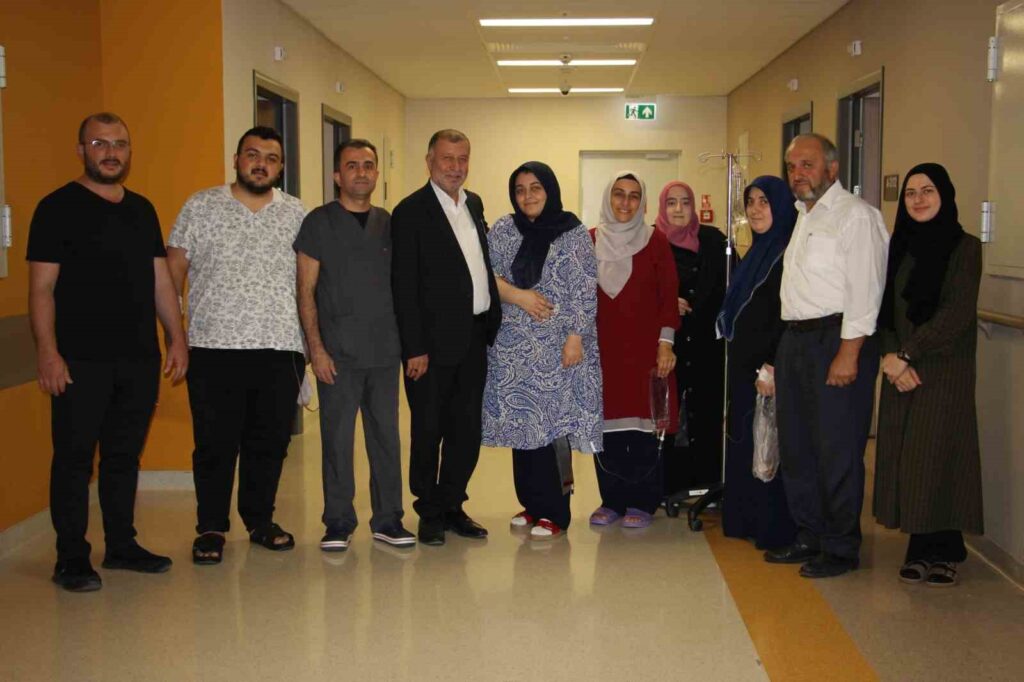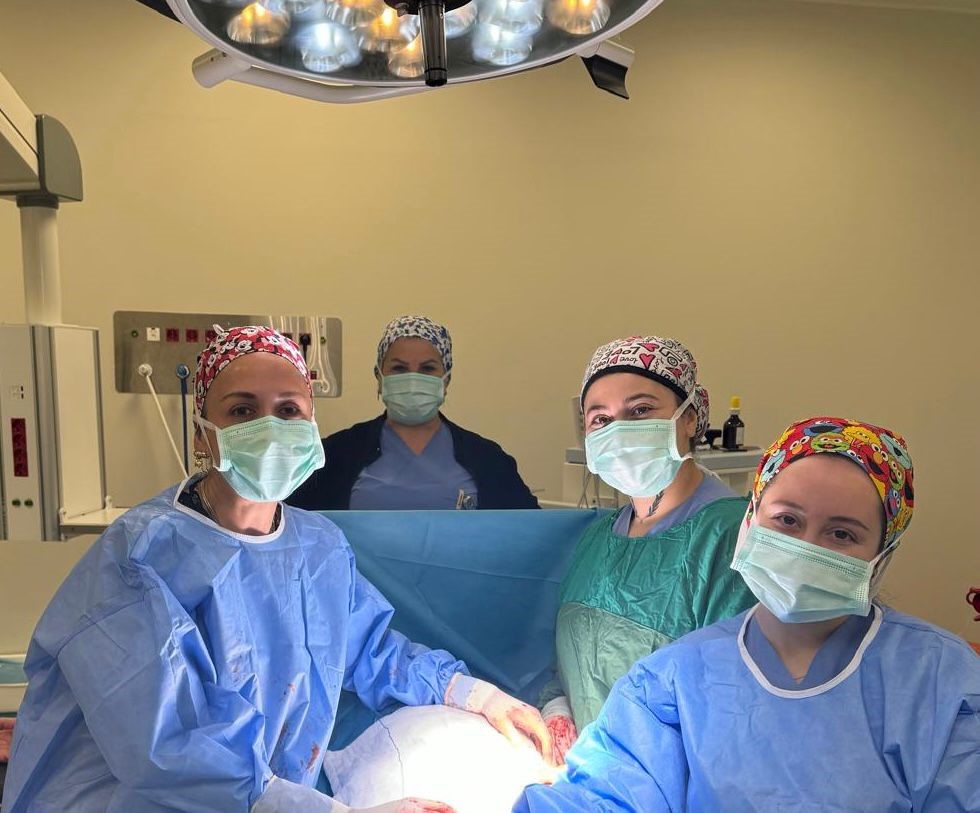Prof. Dr. Bozkırlı: “The prevalence of thyroid nodules increases with age”
Endocrinology Specialist Prof. Dr. Emre Bozkırlı emphasized that thyroid nodules, which are commonly encountered in society, are usually detected incidentally. He pointed out that most of these nodules are benign and are monitored without medication, while 3% of them may develop into thyroid …

Endocrinology Specialist Prof. Dr. Emre Bozkırlı emphasized that thyroid nodules, which are frequently encountered in society, are usually detected incidentally, stating that most of these nodules are benign and are monitored without medication, while about 3% of them may turn into thyroid cancer over time.
Prof. Dr. Emre Bozkırlı, an endocrinology specialist at Acıbadem Adana Hospital, provided important information about the thyroid glands, which are butterfly-shaped and located in the neck region, and secrete thyroid hormones that are vital for all body functions.
Prof. Dr. Bozkırlı noted that the internal tissue of the thyroid gland is normally homogeneous, and masses that can be distinguished radiologically from the surrounding thyroid tissue are referred to as “nodules.” Although the prevalence of these masses in the community is detected to be 3 to 7% through physical examination, he pointed out that this rate increases to 35-45% when radiological methods, especially ultrasonography, are used. He stated that individuals with thyroid nodules generally present with complaints of swelling in the neck, but these nodules are often detected incidentally during radiological examinations such as ultrasound, tomography, and magnetic resonance imaging performed for other diseases.
“The vast majority do not show symptoms and are small”
Prof. Dr. Bozkırlı indicated that the prevalence of thyroid nodules increases with age, stating, “In clinical practice, the most feared situation is that these masses may be malignant. Since most of these lesions are benign masses, it is often possible for patients to be monitored simply after a good evaluation. Thyroid nodules can be single or multiple. When examining the structures of thyroid nodules, some may be solid, some may be filled with fluid, and some may have a mixed solid-fluid structure. Similarly, their sizes vary. The vast majority are small masses that do not show any symptoms, while a smaller portion may be large enough to exert pressure on other anatomical organs in the neck.”
“First, it should be assessed whether it is benign or malignant”
Prof. Dr. Bozkırlı warned that approximately 3% of thyroid nodules may turn into thyroid cancer over time, stating, “When a thyroid nodule is detected, the most important decision to be made is to appropriately distinguish between benign or malignant. It is crucial to take the patient’s history appropriately in the differential diagnosis. In children, older men, patients with a history of radiation therapy to the head and neck region, those with a family history of thyroid cancer, and individuals exposed to ionizing radiation in childhood and young adulthood, the likelihood of nodules becoming cancerous is higher. Additionally, in cases of rapidly growing nodules, when accompanied by hoarseness, shortness of breath, cough, and difficulty swallowing, it should be considered that the thyroid nodules may be malignant.”
“If a nodule is present, blood tests and ultrasonography are performed”
Prof. Dr. Bozkırlı stated that a blood test is performed to evaluate thyroid functions in patients with detected thyroid nodules, and based on the results of this test, it is determined whether the patient needs medication and plans for subsequent imaging are made. He noted that the most commonly used imaging method is ultrasonography, and when evaluated by an experienced physician, significant information about whether the nodule is benign or malignant can be obtained. He added that ultrasonography can provide insights on many aspects such as the nodule’s location, shape, size, borders, content, pressure symptoms, and vascular characteristics.
“There are no side effects of the biopsy”
Referring to the next examination stage as biopsy, Prof. Dr. Bozkırlı stated, “Thyroid fine needle aspiration biopsy is generally a procedure where a few drops of sample are taken by inserting a needle into the thyroid nodules under ultrasound guidance, and when performed in appropriate hands, it is a very useful diagnostic method that is not expected to have any side effects. Based on the results, it is decided whether the patient needs surgery.”
Prof. Dr. Bozkırlı mentioned that there is no medication treatment for thyroid nodules, but radioactive iodine therapy can be applied in hormone-secreting thyroid nodules, explaining that surgery is considered in cases with a high probability of malignancy based on biopsy results. He added that patients with benign biopsy results continue to have follow-up ultrasound examinations at intervals of 6 months to 1 year, and that radiofrequency ablation has also been increasingly preferred in recent years.
Prof. Dr. Bozkırlı emphasized that nodular thyroid diseases are very common in the community, stating that most cases can be monitored without medication when evaluated by experienced specialists. He expressed that treatment methods such as radioactive iodine therapy, surgery, and radiofrequency ablation are used for patients who require treatment.







